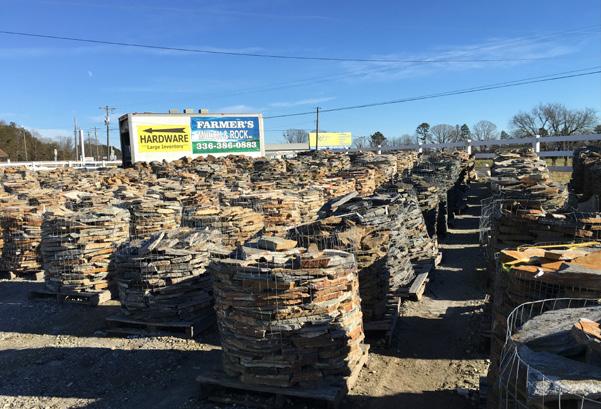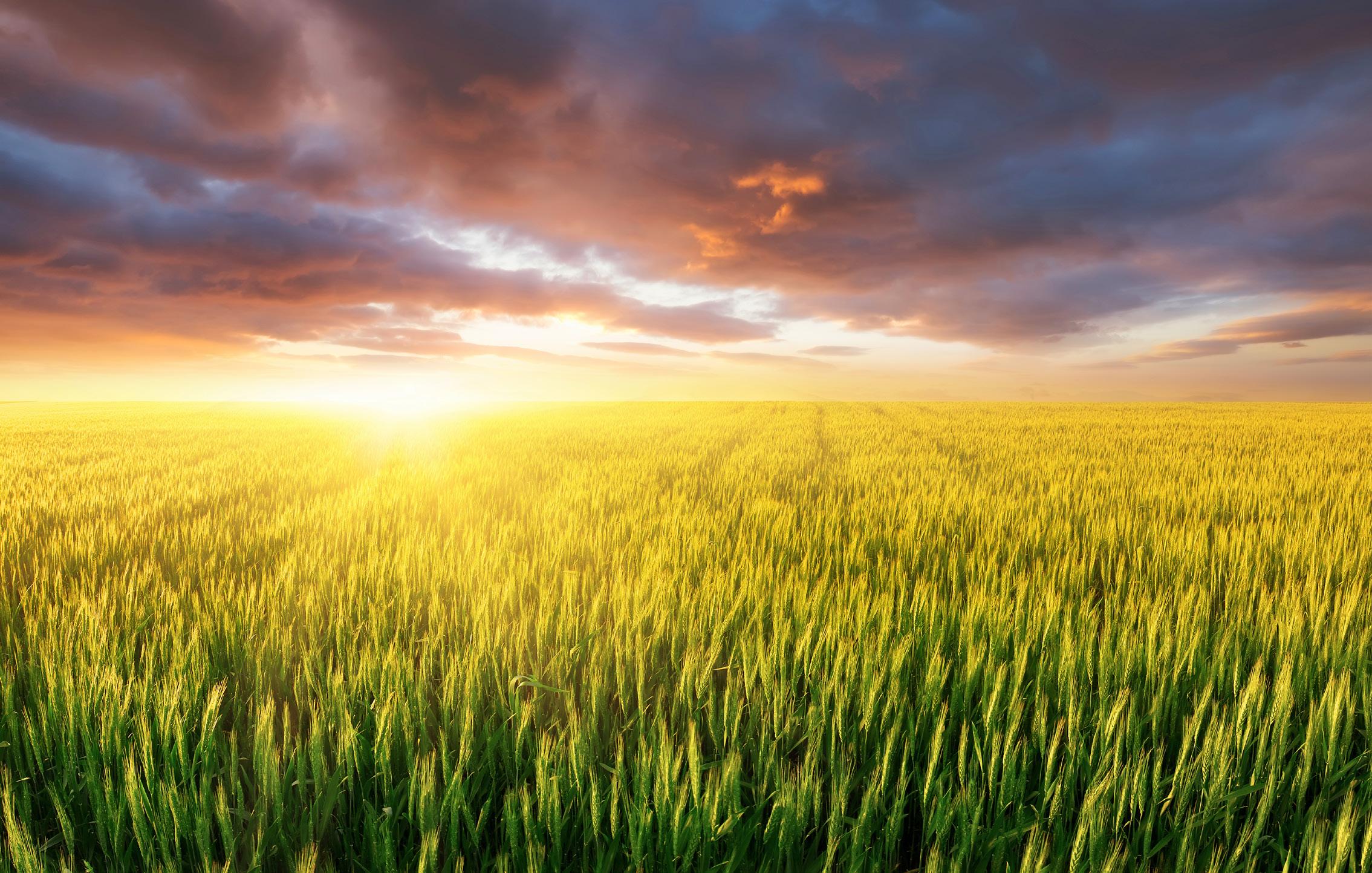
5 minute read
Joanna Radford
LIMITED SPACE, NO PROBLEM
Container gardening is a great way to bring spring to the forefront. A porch, a patio, or an apartment balcony are plenty big enough for some favorite vegetables and herbs. Whether growing cucumbers for a favorite pickle recipe, tomatoes for a juicy “mater” sandwich, or unique vegetables just because, container growing is fun and easy once you have down a few basics. Selecting the right container is important, whether purchased, homemade, or recycled. Containers made of wood, clay, and unglazed ceramic, as well as small or dark-colored containers, will lose moisture quicker and need water more frequently than plastic, metal, fiberglass, or glazed ones. Ceramic or clay containers may not withstand winter weather while plastic and wood containers can safely remain outside year-round. The container size should match the plant’s growth requirements. Select a container that does not restrict root growth. Selecting a larger container than required will decrease the frequency of watering but it is more difficult to move. Planting media can be purchased or homemade. Garden soil is not ideal since our Piedmont red-clay soil does not drain well and limits roots’ access to air. This soil may contain pests, such as weed seed, disease, or insects. Gardeners can make a soil mix from one-part compost; one-part perlite, vermiculite, or coarse builder’s sand; and one-part pasteurized soil or potting soil. There are many soilless mixes commercially available. These are usually pest free and contain a nutrient supplement. The Mulch and Soil Council certifies planting media. The certification ensures that the product label accurately identifies what is in the bag. Container gardens need consistent, even watering. Apply the water directly to the soil to minimize splashing on the leaves. Herbs taste better when the soil dries out slightly between watering. Most plants require fertilizer, but tomatoes, squash, and cucumbers need extra. Herbs grow well in containers, many of them can tolerate partial shade, and they usually require less fertilizer than vegetables. Container gardening makes succession planting easy. In this practice, plant vegetables every 7 to 21 days to maintain a consistent supply of produce throughout the season. Succession planting may also include planting a new vegetable (or plant) after harvesting the first one. Selecting plants for containers is the fun part! Place plants that have similar light, water, and nutrient requirements in the same container. Most of our warm-season vegetables and herbs are grown May through September. They grow best with six to eight hours of full sunlight per day. Most cool-season vegetables (beets, carrots, kale, lettuce, radishes, and spinach) tolerate partial shade and prefer three to five hours of direct sunlight each day. Grow these cool season vegetables late winter to early spring and again fall through early winter. Check out available seeds at your public library. Many of them now have seed libraries. There are numerous planting possibilities when using containers. Following is an example for container gardening on a patio or walkway where the space is long and narrow or for a corner grouping. (This option assumes partial shade in the spring and full sun in the summer.)
Advertisement
Container One (15-18 inches in diameter and 13-18 inches deep):
Place in an area that receives three to five hours of sunlight a day. Plant lettuce seeds. The lettuce will be ready in approximately 55 days, depending on the variety. Use lettuce transplants to decrease this time. You will get a continuous harvest as lettuce regrows after cutting. Keep the soil moist; lettuce may be bitter if the soil dries out or the weather is hot. Complete the lettuce harvest when nighttime temperatures are above 55 degrees F and daytime temperatures are about 70 degrees F. A tomato transplant can be placed deeply into the center of this container at that time.
Container Two (24-28 inches long, 7 inches wide, and 7 inches deep):
Plant thyme, rosemary, and oregano transplants late March to mid-April and place in full sun. Good air circulation prevents fungal diseases; therefore, a large container is desired. These herbs prefer well-drained soil and should not be overwatered. Creativity can take off here. Plant a bell pepper in the center surrounded by marjoram, parsley, and basil. The marjoram needs the sunniest side of the pot, and the parsley needs the shadiest side. Both tomatoes and bell peppers thrive in full sun and moist soil and require some form of support, which should be put in place at the time of planting. Do not use highnitrogen fertilizer. This will result in more green foliage than actual peppers and tomatoes. Don’t let limited space prevent you from gardening. Container
gardening does not take a lot of space and it is fun. There is basically no weeding! Contact your local NC Cooperative Extension to learn more. Surprisingly, it does not take a lot of space to grow vegetables.
NOTICE: The Surry County Master Gardener group is pleased to announce they are offering an annual $750.00 scholarship to a college student who is pursuing professional studies the field of horticulture. For more information on the scholarship, applicants can go to surry.ces.ncsu.edu/ The deadline for applications is May 1, 2022.




Mon – Fri: 7:30 am – 6:00 pm Saturday: 7:30 am – 5:00 pm We Deliver!
FARMER’S FREE Bibles, Co ee, & Bottled Water MULCH & ROCK Inc.
Large Selection of Hardware and over 60 Choices of Decorative Stone & Gravel Feed • Seed • Fertilizer • Mulch • Pine Needles • Propane


Herbal Home Remedies Now Available
Antiques & Collectibles, Farm Toys, Gift Certificates, Outdoor Fireplace Kits & Firepits





